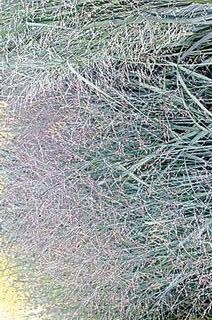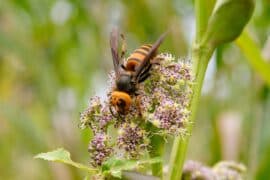Switchgrass
(Panicum flexuosum)

Description
Panicum virgatum, commonly known as switchgrass, is a perennial warm season bunchgrass native to North America, where it occurs naturally from 55°N latitude in Canada southwards into the United States and Mexico. Switchgrass is one of the dominant species of the central North American tallgrass prairie and can be found in remnant prairies, in native grass pastures, and naturalized along roadsides. It is used primarily for soil conservation, forage production, game cover, as an ornamental grass, in phytoremediation projects, fiber, electricity, heat production, for biosequestration of atmospheric carbon dioxide, and more recently as a biomass crop for ethanol and butanol. Other common names for switchgrass include tall panic grass, Wobsqua grass, blackbent, tall prairiegrass, wild redtop, thatchgrass, and Virginia switchgrass. Switchgrass is a hardy, deep-rooted, perennial rhizomatous grass that begins growth in late spring. It can grow up to 2.7 m (8 ft 10 in) high, but is typically shorter than big bluestem grass or indiangrass. The leaves are 30–90 cm (12–35 in) long, with a prominent midrib. Switchgrass uses C4 carbon fixation, giving it an advantage in conditions of drought and high temperature. Its flowers have a well-developed panicle, often up to 60 cm long, and it bears a good crop of seeds. The seeds are 3–6 mm long and up to 1.5 mm wide, and are developed from a single-flowered spikelet. Both glumes are present and well developed. When ripe, the seeds sometimes take on a pink or dull-purple tinge, and turn golden brown with the foliage of the plant in the fall. Switchgrass is both a perennial and self-seeding crop, which means farmers do not have to plant and reseed after annual harvesting. Once established, a switchgrass stand can survive for ten years or longer. Unlike corn, switchgrass can grow on marginal lands and requires relatively modest levels of chemical fertilizers. Overall, it is considered a resource-efficient, low-input crop for producing bioenergy from farmland.
Taxonomic tree:







